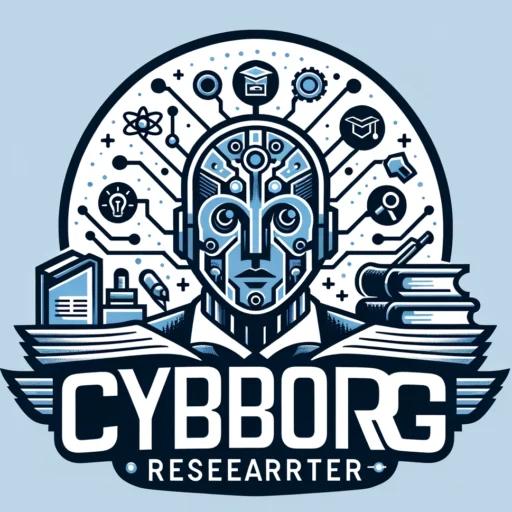A first step in using Retrieval-Augmented Generation (RAG) to support equitable science teaching
This was my first prototype exploring how Retrieval-Augmented Generation (RAG) could be used to support educators, especially science teachers, in designing more social justice-focused lessons.
The idea was simple (but important):
What if teachers could interact with an AI system that pulled in meaningful, curriculum-aligned examples and helped them adapt their units toward justice-centered goals?
The tool was built using Streamlit, connected to a curated set of text examples, and used RAG techniques to answer questions like:
- “What are examples of localized social justice solutions?”
- “How can I modify an OpenSciEd lesson to better center frontline communities?”
- “Where can students see themselves in this science unit?”
Why It Matters
This tool wasn’t perfect, but it was functional. And more importantly, it was part of the journey toward what I’m building now: a multi-agent RAG system that supports deeper curriculum design and teacher reflection.
Sometimes, early tools are clunky, naive, or limited in scope. But this app was a proof-of-concept that showed:
- Teachers do want contextualized examples
- Simple RAG setups can surface useful prompts
- Structured retrieval can scaffold justice-focused reflection
How It Works (Under the Hood)
- The app is built in Streamlit for fast, interactive prototyping
- It uses a custom document index of lesson adaptations and climate justice resources
- When users type a question or challenge, the system retrieves top-matching passages, then uses a generative model to synthesize a response
- The logic is fully transparent—retrieved sources are displayed alongside the response
Try It Out
You can launch the app here if it’s still deployed, or run it locally from the GitHub repo.
Included in This App
- A curated dataset of climate justice and lesson adaptation examples
- Retrieval + response synthesis using simple vector search
- Code designed for readability, experimentation, and education, not production speed
How I’m Using This Now
This early app became the groundwork for my current dissertation project:
A multi-agent RAG system that supports teachers in adapting science units using Banks’ continuum of multicultural curriculum reform and critical justice frameworks.
That newer system incorporates:
- Reflection prompts
- Multicultural curriculum typologies
- Co-design dialogue patterns
This prototype helped make that next step possible.
For Researchers and EdTech Developers
If you’re a researcher, teacher educator, or EdTech designer curious about how to build your first RAG tool, this app is:
- Simple enough to follow
- Flexible enough to customize
- And reflective of a real-world use case
This isn’t a polished product. It’s more of a working draft. And that’s why I thought it was useful and worth sharing.

